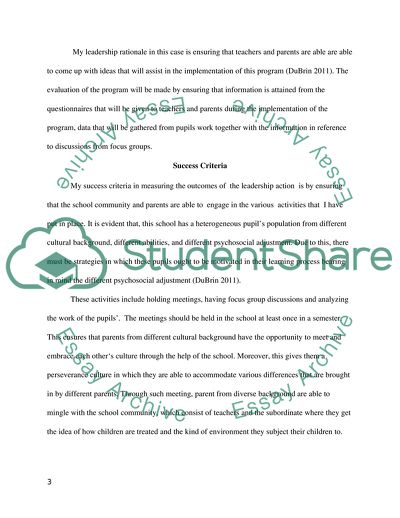Cite this document
(Leadership: Practice and Skills Report Example | Topics and Well Written Essays - 3000 words, n.d.)
Leadership: Practice and Skills Report Example | Topics and Well Written Essays - 3000 words. https://studentshare.org/human-resources/1793417-leadership-activities-e856-tma2
Leadership: Practice and Skills Report Example | Topics and Well Written Essays - 3000 words. https://studentshare.org/human-resources/1793417-leadership-activities-e856-tma2
(Leadership: Practice and Skills Report Example | Topics and Well Written Essays - 3000 Words)
Leadership: Practice and Skills Report Example | Topics and Well Written Essays - 3000 Words. https://studentshare.org/human-resources/1793417-leadership-activities-e856-tma2.
Leadership: Practice and Skills Report Example | Topics and Well Written Essays - 3000 Words. https://studentshare.org/human-resources/1793417-leadership-activities-e856-tma2.
“Leadership: Practice and Skills Report Example | Topics and Well Written Essays - 3000 Words”. https://studentshare.org/human-resources/1793417-leadership-activities-e856-tma2.


